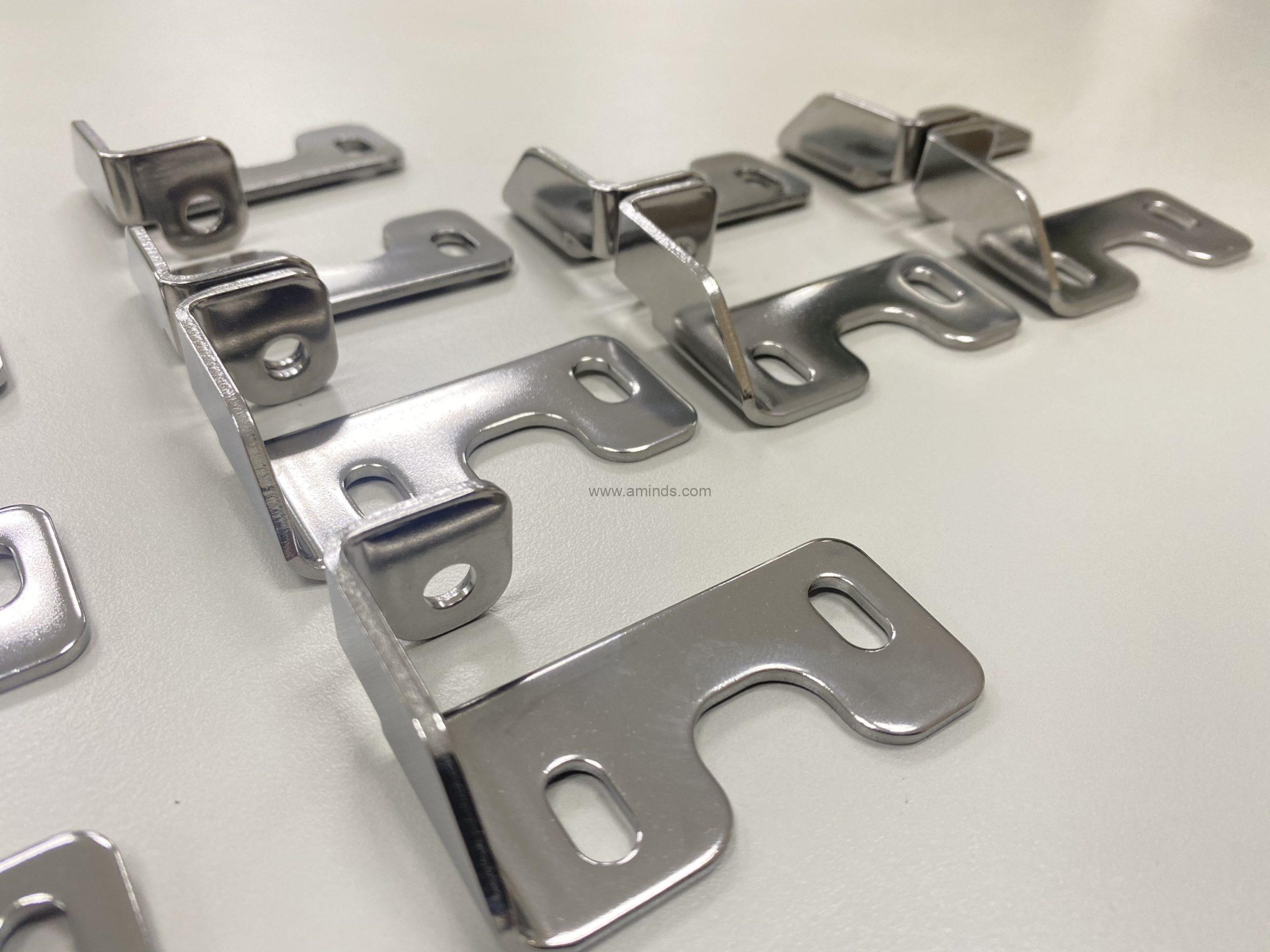Exactly How Metal Stamping is Changing the Automotive and Aerospace Industries
Exactly How Metal Stamping is Changing the Automotive and Aerospace Industries
Blog Article
The Development of Metal Marking Processes: Innovations and Applications
The world of steel stamping processes has actually observed a transformative journey marked by consistent innovation and adaptation to satisfy the needs of modern commercial techniques. The applications span across a spectrum of markets, each benefiting distinctively from the improvements in metal marking processes.
Standard Metal Marking Strategies
Typical metal stamping strategies have actually long been the structure of manufacturing processes in different markets as a result of their efficiency and precision. The procedure entails developing a metal sheet or coil right into a preferred form by pushing it between a die and a punch. This technique is commonly utilized for creating big quantities of parts with high accuracy at a fast speed.
One of the essential benefits of standard steel stamping techniques is the ability to keep tight tolerances, guaranteeing that each part fulfills the called for specifications consistently. This degree of accuracy is vital in industries such as automotive, aerospace, and electronics, where even small inconsistencies can result in considerable problems.
Furthermore, traditional steel marking techniques use cost-effective remedies for automation contrasted to various other manufacturing methods. The capability to mark parts in fast sequence minimizes production time and lowers labor prices, making it an eye-catching option for businesses aiming to optimize their manufacturing procedures.
Introduction of High-Speed Stamping

One of the key benefits of high-speed marking is its capability to preserve accuracy and consistency even at sped up handling rates. This accuracy is critical in markets where limited resistances and elaborate designs are called for. Furthermore, high-speed stamping enables the handling of a large array of materials, including aluminum, stainless steel, and copper, further expanding its applicability throughout numerous fields.
Furthermore, the introduction of high-speed stamping has enabled makers to meet the growing need for complicated elements in sectors such as vehicle, aerospace, and electronic devices (Metal Stamping). By leveraging the rate and precision of high-speed stamping innovation, business can improve their competition in a swiftly progressing market landscape
Innovations in Tooling Modern Technology
With the development of high-speed marking making it possible for boosted accuracy and effectiveness in metal developing processes, the field of steel stamping has seen significant improvements in tooling modern technology. Tooling technology plays an essential function in metal marking procedures, influencing elements such as product high quality, manufacturing speed, and total cost-effectiveness.
By using these sophisticated materials, tooling producers can generate passes away and mold and mildews that hold up against the high stress and temperatures included in metal marking procedures, resulting in longer device life and improved production effectiveness. On the whole, these advancements in tooling innovation have actually reinvented the steel marking sector, allowing producers to accomplish higher levels of precision, efficiency, and expense financial go to website savings.
Assimilation of Automation in Stamping
As automation remains to reshape the landscape of metal stamping procedures, the assimilation of automated systems has actually come to be significantly widespread in modern-day production centers. Automated systems use many advantages in metal stamping, including increased performance, boosted precision, and improved security. By incorporating automation into marking procedures, makers can minimize cycle times, reduce material waste, and maximize manufacturing throughput.
One of the key elements of automation in marking is making use of robotic arms for jobs such as material handling, component manipulation, and quality evaluation (Metal Stamping). These robot systems can do repetitive and labor-intensive tasks with speed and accuracy, liberating human drivers to concentrate on even more intricate operations. Furthermore, automation blog permits real-time monitoring and change of stamping processes, causing greater total process control and quality control
In addition, the assimilation of automation in stamping enables suppliers to attain regular component high quality, fulfill limited tolerances, and improve overall performance. As innovation remains to breakthrough, the function of automation in metal marking processes is anticipated to increase additionally, driving development and efficiency in the production market.
Applications Across Diverse Industries
Incorporating metal stamping processes across diverse sectors showcases the adaptability and versatility of this production technique. Furthermore, the home appliance sector benefits from steel stamping processes to manufacture components for refrigerators, washing equipments, and various other family devices. The versatility of metal marking procedures makes it a valuable manufacturing check that technique across various markets, demonstrating its relevance in contemporary production procedures.
Conclusion

Report this page